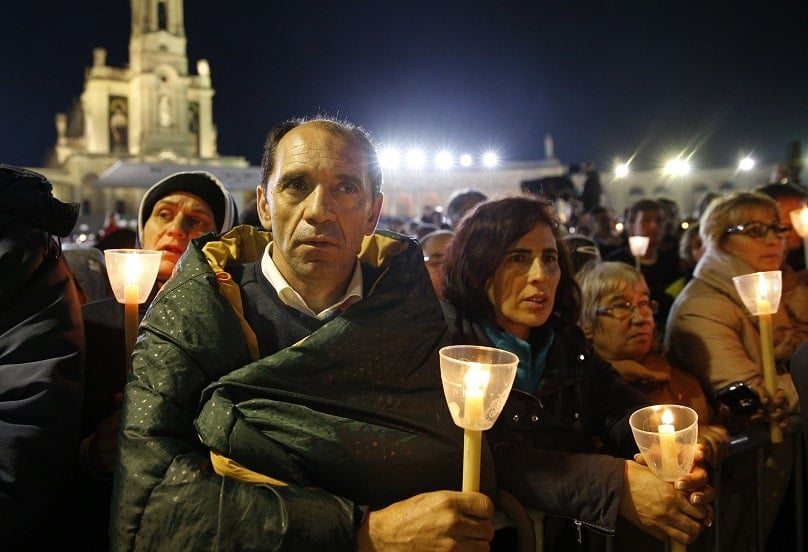
The Catholic Weekly hits parishes this weekend as a remarkable milestone in the life of the Church is reached: the 100th anniversary of the first appearance of Mary to three peasant children at the Cova da Iria at Fatima in Portugal. The coming period from 13 May to 13 October is an anniversary of profound importance – of events in the life of the modern Church of which, sadly, too few Catholics still seem to be deeply aware. Fortunately, around Sydney many observations of the beginning of the Fatima centenary have already begun or are happening this weekend.
Fatima may seem, to some, to be merely an interesting event that happened a century ago. Yet to assume this is to miss the fact that it is deeply important and relevant to modernity, and probably more relevant now in the early years of the 21st Century than ever before.
Interestingly, whenever Mary has appeared as a divine messenger throughout the centuries, as has been noted many times, her appearances have often been to the poor, the downtrodden and the apparently least educated or sophisticated – those on the bottom rungs of the social order of the day – rather than the sophisticated and the theologians. Guadalupe, Lourdes, the lesser-known La Salette and, of course, Fatima, all share this characteristic. To the poor, the unsophisticated and the humble is given a remarkable share in the work of salvation.
Yet Our Lady’s appearances and the messages she delivered at Fatima are profoundly of the 20th Century and clearly relate to a world on the brink: by 1917 Europe’s first great collective suicide attempt is well underway and shows no sign of ending. At Fatima, Mary urges daily prayer (the Rosary) as the essential first step to world peace. Her insistence on praying the Rosary, which places the Mother of God at the centre of the unfolding story of salvation, becomes a central theme. Intercessory prayer as an essential part of the Christian life is another: prayer for sinners, prayer which may help individuals avoid final separation from the God who made and loves them. A vision of hell, meanwhile, confirms what the 20th Century is already busy rejecting: that God exists, as does heaven, and that there is another life – our true life – after this one.
In a certain sense, Fatima represents a great maturing in the life and work of the Church, especially in light of the radical rejections of her Son that are to come later in the 20th and 21st centuries from both the ideologies of left and right and from the intellectuals for whom God and a moral code are nothing more than ridiculous superstitions of an exhausted and antiquated religion.
To the sufferings of an increasingly directionless modernity Mary again offers the warnings and messages of divine love: the importance of repentance of sin, penance as a visible sign of change of life, personal conversion as one draws closer and closer to the God of love and prayer – especially the Rosary, which draws each of us closer and closer to Her in Her special role and work. And in all the wonder of Fatima there is always the central figure of this most beautiful and mysterious of all women, Mary the Mother of God, the New Eve, whose role is unique: whenever God wants anything really important communicated to the human race or done in His name, He always sends, it seems, a woman.
To celebrate this remarkable phenomenon of the modern age The Catholic Weekly will be issuing a special commemorative magazine in the near future which, we do not mind admitting, seeks above all things to honour the great Mother of God for Her love for Her children. We do it to thank Her. On this occasion it seems like the least we can do.
